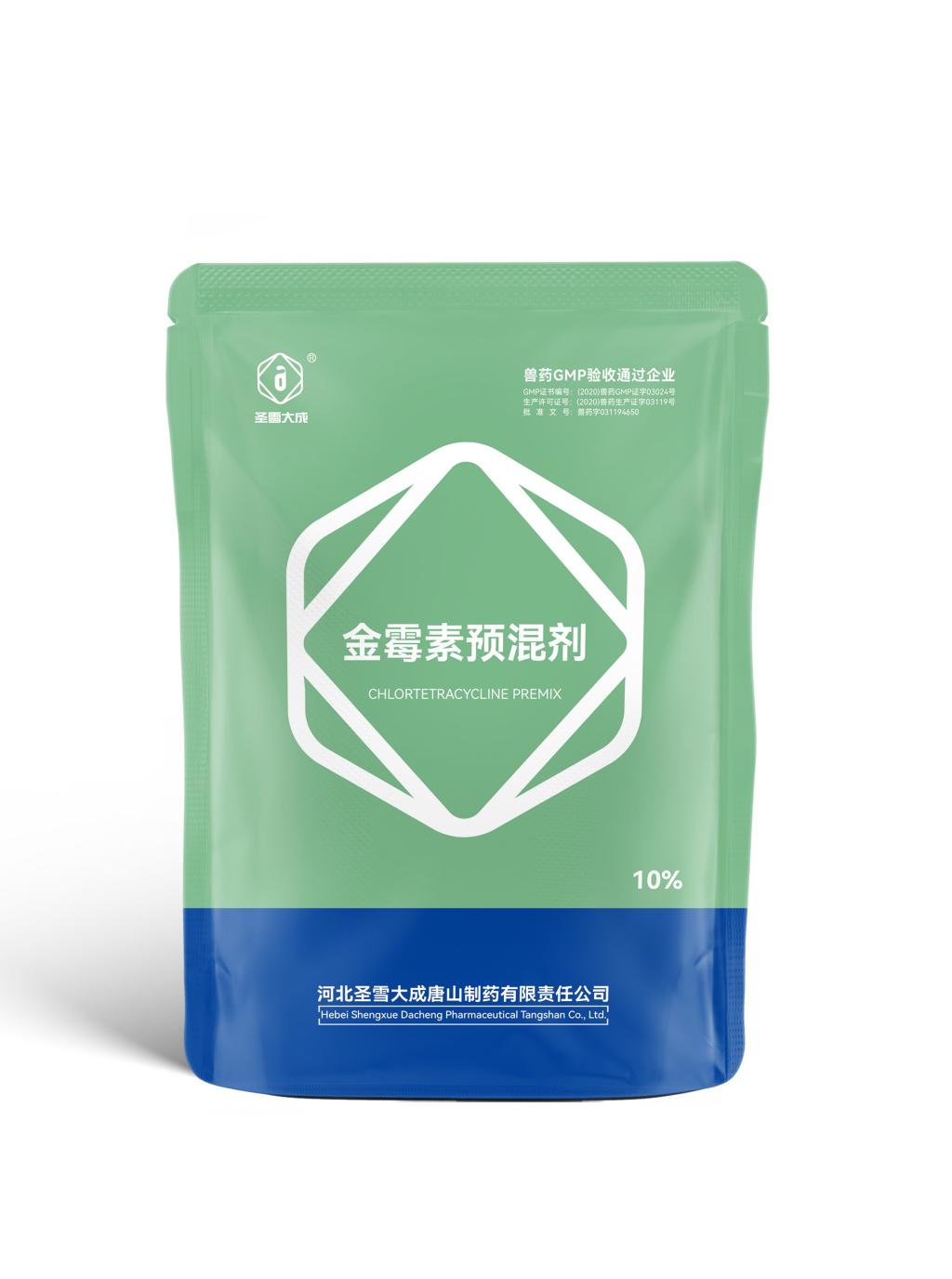Tel:+8618231198596

News
 CONTACT
CONTACT
 CONTACT
CONTACT
- Linkman:Linda Yao
- Tel: +8618231198596
- Email:linda.yao@dcpharma.cn
- Linkman:CHARLES.WANG
- Department:Overseas
- Tel: 0086 0311-85537378 0086 0311-85539701
News
Exploring the potential synergies between Chlortetracycline Premix.
TIME:2024-06-12
Overview of Chlortetracycline Premix and Probiotics:
CTC premix is a broad-spectrum antibiotic used in animal feed to prevent and treat bacterial infections, improve growth performance, and enhance feed efficiency. It acts by inhibiting bacterial protein synthesis, thereby controlling bacterial growth and preventing the spread of infectious diseases. Probiotics, on the other hand, are live microorganisms that confer health benefits to the host when administered in adequate amounts. They colonize the gastrointestinal tract, compete with pathogenic bacteria for nutrients and adhesion sites, and modulate the host immune response.
Complementary Effects and Mechanisms of Action:
CTC premix and probiotics exert complementary effects on animal health and performance through distinct mechanisms of action. CTC premix helps control bacterial infections, reduce disease incidence, and improve growth performance by targeting pathogenic bacteria in the gut. Probiotics, on the other hand, promote gut health, enhance nutrient absorption, and modulate immune function by promoting the growth of beneficial bacteria and inhibiting the proliferation of harmful microorganisms. When used together, CTC premix and probiotics can work synergistically to maintain a balanced gut microbiota, improve nutrient utilization, and enhance overall animal health and performance.
Implications for Livestock Health and Performance:
The combination of CTC premix and probiotics has several implications for livestock health and performance. By controlling bacterial infections and promoting gut health, this synergistic approach can improve feed conversion efficiency, increase weight gain, and reduce the incidence of diseases such as diarrhea and respiratory infections. Additionally, the modulation of immune function by probiotics can enhance the animal's ability to resist environmental stressors and improve overall resilience.
Considerations for Sustainable Use:
While the combination of CTC premix and probiotics offers promising benefits for animal nutrition, sustainable use practices are essential to minimize the risk of antimicrobial resistance and environmental contamination. It is important to use CTC premix judiciously, following recommended dosage and withdrawal periods, to prevent the development of resistant bacterial strains. Additionally, probiotics should be selected based on strain specificity, efficacy, and safety considerations to ensure optimal performance and minimal adverse effects.
Future Directions and Research Needs:
Future research in animal nutrition should focus on elucidating the mechanisms underlying the synergistic effects of CTC premix and probiotics, optimizing formulations and delivery methods, and assessing their long-term impact on animal health, productivity, and environmental sustainability. Additionally, studies exploring the potential interactions between CTC premix, probiotics, and other nutritional additives, such as prebiotics and synbiotics, could further enhance our understanding of how to optimize animal nutrition strategies for maximum benefit.
Conclusion:
The combination of Chlortetracycline Premix and probiotics offers promising synergies for improving animal health, productivity, and sustainability in livestock production. By targeting bacterial infections, promoting gut health, and modulating immune function, this synergistic approach can enhance feed conversion efficiency, reduce disease incidence, and improve overall animal welfare. However, sustainable use practices, regulatory oversight, and ongoing research efforts are essential to maximize the benefits of this combination while minimizing the risks of antimicrobial resistance and environmental contamination. Through collaborative efforts between researchers, industry stakeholders, and regulatory agencies, we can harness the potential synergies between CTC premix and probiotics to develop more effective and sustainable animal nutrition strategies for the future.
- Tel:+8618231198596
- Whatsapp:18231198596
- Chat With Skype







